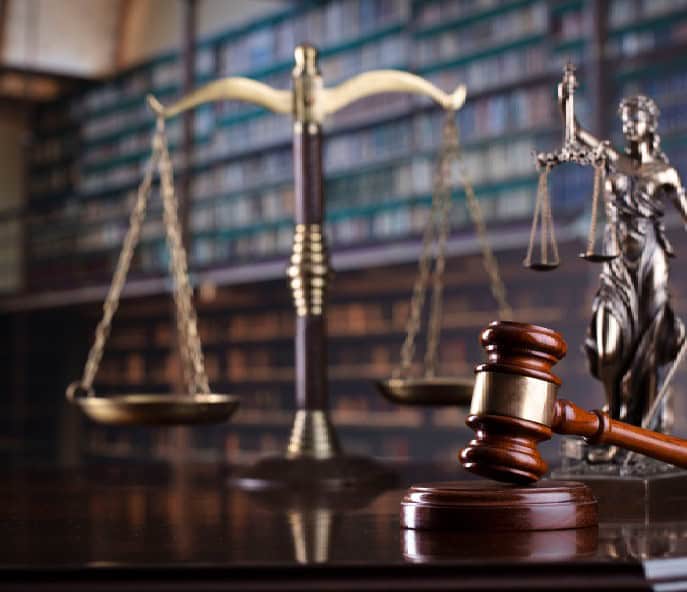You’ve filed for a copyright with the United States Patent and Trademark Office (USPTO) so that you can protect your new marketing strategy and all the images and phrases that you use. While others can use something similar if the copyright is approved, they must be careful because you can file for copyright infringement if their content matches too closely to yours. But what if your copyright is denied?
Copyrights, among other types of intellectual property (IP) protections, are often denied for one of three main reasons. The first reason is that you’re trying to copyright something that exists in the public domain. In this case, the only thing you can do is alter your content or only copyright parts of your content that don’t use an item in the public domain.
In the second case, you’re trying to copyright something that is too general, and granting you the copyright would unfairly hinder those trying to file copyrights after you. This issue is more common with trademarks than other types of IP protections.
The third reason your copyright may have been denied is because there is prior art, and your copyright would infringe on it. If you’ve never heard of it before, the intellectual property attorneys at Emerson Thomson Bennett can explain.
What is the Definition of Prior Art?
Prior art is a term used to refer to all existing knowledge and information related to an invention or concept. We use IP protection law because prior art helps determine whether a new invention or artistic creation is truly original or new.
Prior art includes any published information such as:
- Patents
- Scientific papers
- Magazine articles
- Books
- Web pages
- Publicly available products
Examples of in Intellectual Property Protection
For another example, let’s use patents rather than copyrights.
- There’s an inventor who wishes to patent a new invention. They attempt to submit the patent’s information along with evidence that their invention is unique. This can include comparisons to similar inventions the inventor knew about at the time. By utilizing existing prior art, the inventor makes the case that their patent is distinct enough to warrant a patent. In this example, the prior art was used in an attempt to prove that the patent was valid. If someone reviewing the patent found prior art that was much closer to the patent, or a third party did, prior art could be used to deny the patent.
For another example, let’s use trademarks.
- A phone company is attempting to trademark the look of its new smartphone. Their competitor opposes the trademark application based on their own prior art. The new design has a similar visual design to the second company’s product that was released several years prior. The court then denies the trademark, using the second phone company’s product as prior art to show that the trademark was too close to the branding of another phone.
What Can Be Considered Prior Art?
For something to be considered prior art, it must meet several criteria.
- It must have been made available to the public in some form to be used as prior art for or against a later invention. While it doesn’t have to be well-known, there must be proof that anyone could get access to it. This can include anything that has been written about, demonstrated, used commercially, or described in any other way that would have put the information into the public domain.
- To be prior art, it must be related to the invention or concept at hand. A video game cannot be considered prior art for a soda trademark. It must be relevant and similar enough to what it’s being compared to so that a reasonable person could see the similarity between them.
- For patents, someone should be able to replicate or build the invention by reading or understanding the prior art without having to do any additional research or experimentation. This doesn’t mean that anyone should be able to recreate the invention, just at least someone with similar skills to the inventor.
Where Can You Get Help Utilizing or Combatting Prior Art?
Prior art can be used for and against your intellectual property protection. This means that you’ll always have to deal with prior art before and after you file for a form of IP protection. If you’re not careful, you can lose your IP protection, accidentally infringe on someone else’s IP, or find yourself unable to protect against infringement.
Don’t put your IP at risk. Work with IP attorneys who can lead you through the process and use prior art to protect your IP rather than leave you open to attack. The IP attorneys at Emerson Thomson Bennett have the experience you need. Contact us today.





